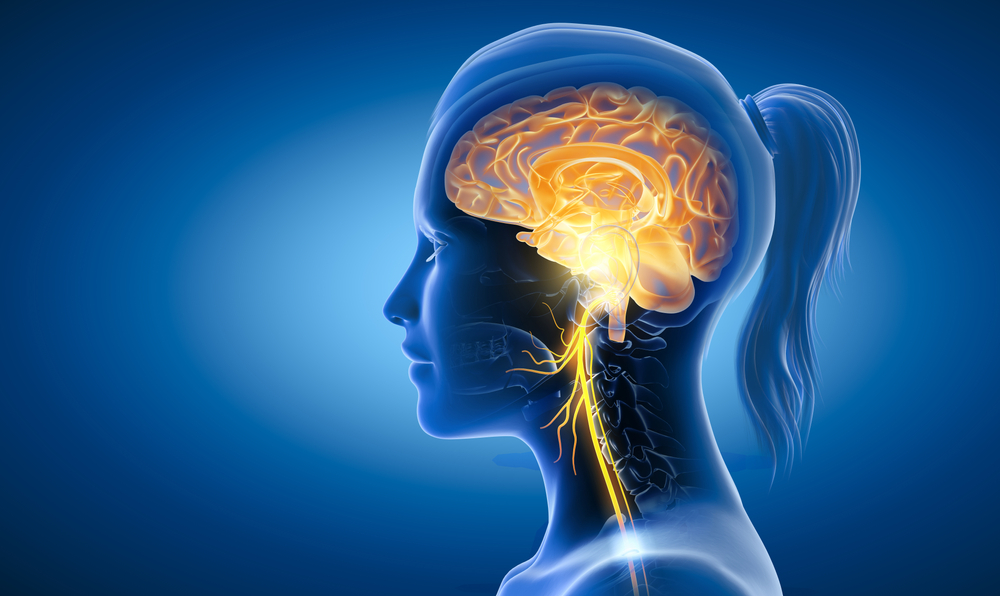The science and intrigue of vagus nerve stimulation have been surging through wellness circles, particularly since its amplification on platforms like TikTok.
Rooted in ancient practices, yet increasingly backed by contemporary research, vagus nerve stimulation offers a unique interplay of the body’s intrinsic neural networks.
What is the Vagus Nerve?
The vagus nerve, also known as the tenth cranial nerve, is one of the most multifaceted and influential nerves in the human body. This nerve holds significant sway over various vital bodily functions, ranging from the digestive system to the heart.
Origins and Pathway
Originating from the brainstem, specifically the medulla oblongata, the vagus nerve courses through the body, connecting the brain to several major organs, including the heart, lungs, and digestive tract.
Physiological Roles
Its wide-reaching influences are evident in numerous processes:
- Heart Regulation: The vagus nerve plays a pivotal role in controlling the heart rate. It releases a neurotransmitter called acetylcholine, which reduces the heart rate.
- Digestive Processes: Stimulating smooth muscle contractions and glandular secretions in the stomach, aiding digestion.
- Respiratory System: The nerve is also involved in certain reflex actions such as coughing, and helps in monitoring and adjusting the lungs’ breathing capacity.
- Communication with the Brain: The vagus nerve is essential in relaying information from the gut to the brain, also referred to as the gut-brain axis.
Historical Roots to Modern Marvel?
Historically, the vagus nerve has always held a place of prominence, even if its name wasn’t explicitly mentioned. Ancient civilisations intuitively understood the connection between the mind and body, evident in their emphasis on practices like deep breathing and meditation.
As modern science unravels the intricacies of the human nervous system, it becomes evident that many of these historical practices were early ways of accessing and modulating the activity of the vagus nerve.
Originally introduced as a treatment for specific types of epilepsy and depression, its potential therapeutic applications are rapidly expanding. The efficacy of vagus nerve stimulation (VNS) in treating conditions beyond neurological disorders, highlights its potential in managing rheumatoid arthritis.
How Does Vagus Nerve Stimulation Work?
VNS is a fascinating procedure that has captured the interest of both medical professionals and the public. But how exactly does it work?
At its core, VNS involves transmitting mild electrical impulses to the vagus nerve. Traditionally, this is achieved using a device that is surgically implanted under the skin, typically in the chest area. This device, which is reminiscent of a pacemaker, dispatches regular electrical pulses to influence the activity of the vagus nerve. By modulating this nerve’s function, a myriad of physiological effects can be induced, having potential therapeutic outcomes for various medical conditions.
One of the primary indications for VNS has been treatment-resistant epilepsy. Studies have shown that stimulating the vagus nerve can reduce the frequency and severity of seizures in individuals who don’t respond well to anti-seizure medications. As a result, the surgical implantation of a VNS device is typically reserved for those with epilepsy who have tried other treatment methods without success.
However, it’s crucial to approach the topic with discernment. While myriad online platforms extol the virtues of VNS, the surgical method is not to be taken lightly. Such an invasive procedure comes with its own set of risks and considerations, and it’s not suitable for everyone. It requires careful evaluation by neurologists and other medical professionals to determine if a patient is a good candidate.
Non-Invasive Vagus Nerve Stimulation Methods
Interestingly, there are non-invasive methods to stimulate the vagus nerve indirectly.
Deep breathing exercises, for example, can modulate the nerve’s activity, promoting a state of relaxation and calm. Similarly, brief exposure to cold, such as taking a cold shower or immersing one’s face in cold water, can activate the nerve. Additionally, certain vocalisations and humming can influence its function, providing another accessible way to tap into the vagus nerve’s potential benefits without surgery.
Reflecting on the Resonance
The realm of health and wellness is in perpetual flux, drawing from the archives of ancient practices and interfacing with the frontiers of modern science.
One such intriguing intersection is vagus nerve stimulation, an age-old concept revitalised with contemporary understanding. While social media is ablaze with chatter on this topic, it’s imperative to sift through the noise, consult credible sources, and navigate this space with discerning judgment.
References
- Carreno, F. R., & Frazer, A. (2017, June 5). Vagal Nerve Stimulation for Treatment-Resistant Depression. Neurotherapeutics; Springer Science+Business Media. https://doi.org/10.1007/s13311-017-0537-8
- Aaronson, S. T., Sears, P., Ruvuna, F., Bunker, M., Conway, C. R., Dougherty, D. D., Reimherr, F. W., Schwartz, T. L., & Zajecka, J. (2017, July 1). A 5-Year Observational Study of Patients With Treatment-Resistant Depression Treated With Vagus Nerve Stimulation or Treatment as Usual: Comparison of Response, Remission, and Suicidality. American Journal of Psychiatry; American Psychiatric Association. https://doi.org/10.1176/appi.ajp.2017.16010034
- Howland, R. H. (2014, March 7). Vagus Nerve Stimulation. Current Behavioral Neuroscience Reports; Springer Science+Business Media. https://doi.org/10.1007/s40473-014-0010-5
- Busch, V., Magerl, W., Kern, U., Haas, J. R., Hajak, G., & Eichhammer, P. (2012, February 1). The Effect of Deep and Slow Breathing on Pain Perception, Autonomic Activity, and Mood Processing—An Experimental Study. Pain Medicine; Oxford University Press. https://doi.org/10.1111/j.1526-4637.2011.01243.x
- Ben-Menachem, E. (2002, December 1). Vagus-nerve stimulation for the treatment of epilepsy. Lancet Neurology; Elsevier BV. https://doi.org/10.1016/s1474-4422(02)00220-x
- Zaccaro, A., Piarulli, A., Laurino, M., Garbella, E., Menicucci, D., Neri, B., & Gemignani, A. (2018, September 7). How Breath-Control Can Change Your Life: A Systematic Review on Psycho-Physiological Correlates of Slow Breathing. Frontiers in Human Neuroscience; Frontiers Media. https://doi.org/10.3389/fnhum.2018.00353














